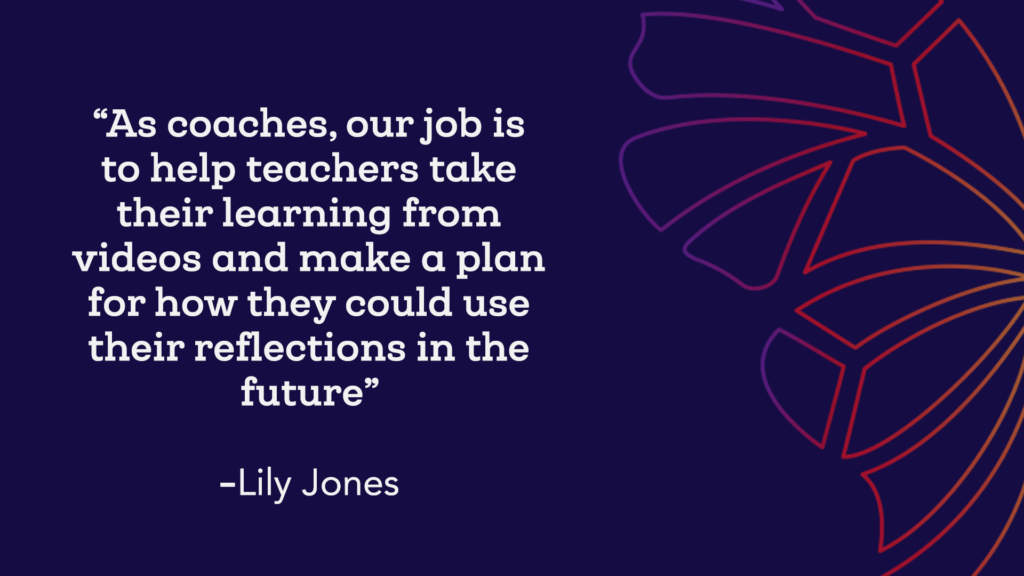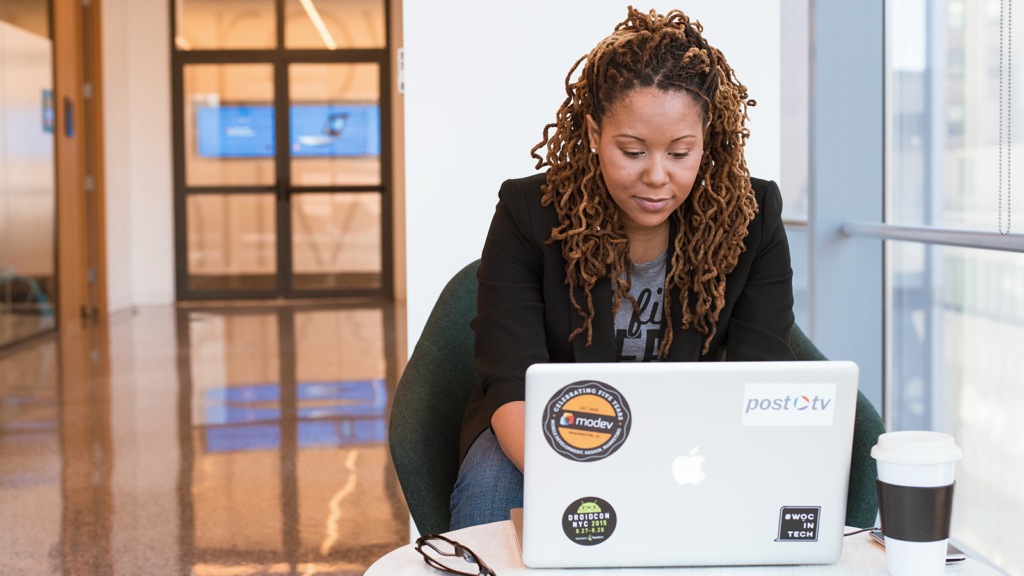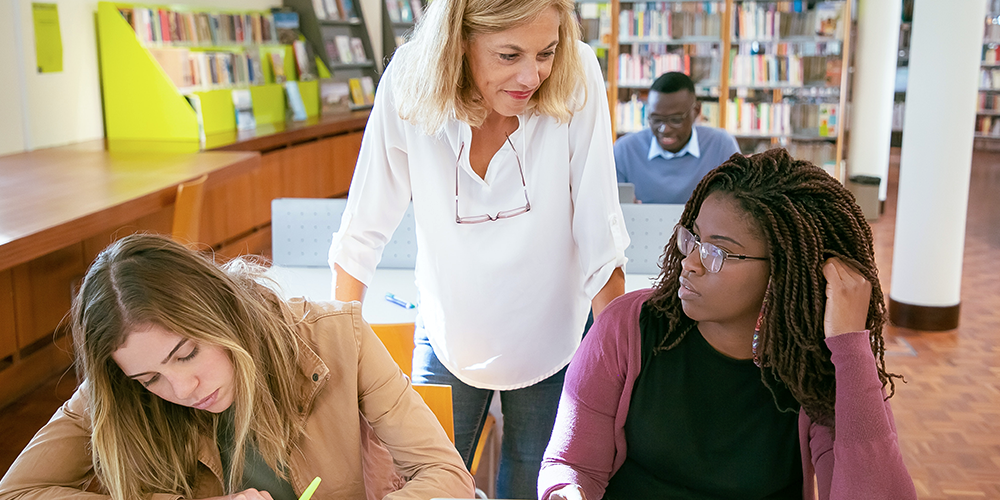The first time I watched a video of myself teaching, I felt incredibly uncomfortable. As a new teacher, I was hyper-focused on everything that I wished I’d done differently. Watching myself made it feel like all my mistakes were under a microscope for everyone to see.
Luckily, I was able to view the videos with a supportive coach, who guided me to pick out both things I had done well (which I had initially overlooked) and areas for improvement. When I really looked at the videos, I was able to view my practice from another perspective. It was invaluable to learn that I could still pay attention to things that I had missed while teaching in the moment.
After teaching for seven years, learning from video and reflecting on my practice along the way, I became an instructional coach myself. Working both virtually and in person with teachers, I always employed the power of video. Though teachers initially felt shy about watching videos of themselves, I had learned the importance of being able to see your practice from a variety of perspectives.
Teachers see so much and keep track of so many things at once, but we can’t see everything. Using video helps us to really reflect on what’s working and what’s not working. As a coach, I found it helpful to have teachers look at their lesson videos through different lenses. If you’re supporting teachers by using video as a reflection tool, consider using these three approaches:
Focus on Students
When we watch videos of ourselves, we are likely to focus on all the things that we, as teachers, are doing. But it can be even more beneficial to think about what students are doing. When I had teachers look at their lesson videos from the perspective of students, they were able to more accurately focus on the effects of their instruction.
Another way to use this approach is for teachers to focus on one specific student. As teachers watch videos of themselves in the classroom, ask them to pay attention to what that particular student is doing throughout the lesson, making notes on what is working and not working so well. After watching the video through the lens of the individual student, ask teachers to reflect on what they have learned and how they will integrate that learning into their future lessons.

Pay Attention to Language
If you want to take a more teacher-centered approach to viewing videos, ask teachers to pay attention to the language they used at different points in the video. Highlight a specific 5-10 minute chunk of instruction and ask teachers to write down what they said and what students said. After teachers have scripted the chunk of instruction, look at the script together. Ask guiding questions, such as:
- Who did most of the talking during this section of the lesson?
- What questions elicited the most discussion?
- How might you have phrased this question differently?
- Where did students seem more confident in their learning? What evidence can you use from the script to support this?
- Where did students seem less confident in their learning? What evidence can you use from the script to support this?

Imagine Different Approaches
Identify certain moments where teachers could have made different decisions. Replay those chunks of the video and ask teachers to identify how they might have approached the situation differently. Work together to try predicting the outcomes that may have happened as a result of those decisions.
Another way to think of this tactic is like a “Choose Your Own Adventure” activity. At any moment in time, teachers have many decisions that they could make. For example, if a student is talking loudly to a peer, a teacher could:
- Ignore the student
- Talk directly to the student and remind them to be quiet
- Move the student to a different place in the classroom
Ask the teacher you’re working with to consider each of the options that they could have employed at a moment in time, thinking through how each option may have worked or not worked. Then ask teachers to identify how they could incorporate some of the practices or experiments you identified into their teaching in the future.
By looking at videos through different lenses and for different purposes, teachers get a more holistic view of what’s going on in their classrooms. As coaches, our job is to help teachers take their learning from videos and make a plan for how they could use their reflections in the future. When teachers regularly self-reflect on their instruction using video, especially with the help of a supportive coach, they are able to gain invaluable insights into their practices.






